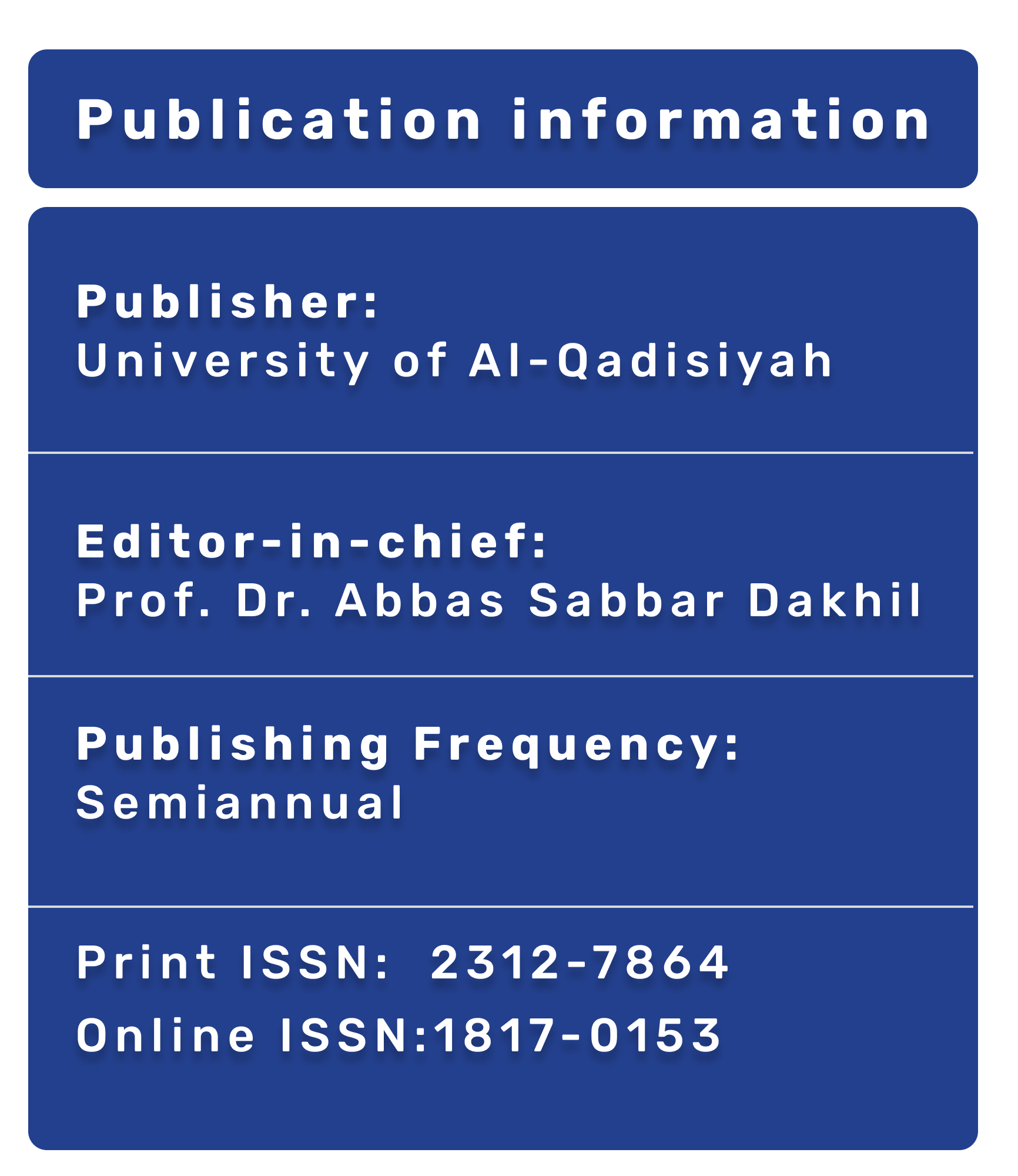Detection of virulence factors of E.coli in patients with acute UTI
DOI:
https://doi.org/10.28922/qmj.2017.13.23.63-73Abstract
Aim: To define the most virulence factors of E.coli that causing acute urinary tract infection in some patients including diabetics, and showing the effect of this virulence on culture and sensitivity results in urine samples.
Patients and methods: 180 patients with age ranging from 18 up to 80 years of both genders with a features of acute UTI, E Coli was a causative agent found in 137 (76%) of them. Direct smear for microscopic features, culture urine samples on selective (Mackonky agar) and enrichment media (blood agar) to uptake standers colonies, then the bacterial was isolate and send for biochemical tests to identification the E.coli bacteria virulence factors then DNA samples using to detect virulence factors genes by PCR technique.
Result: 137 (76%) patients from 180 patients with acut UTI were causing by E Coli. The UTI shows that the youth age (20-30 years) and elderly age groups are more infected than others age group. Acute UTI are more commonly occur in female with a ratio about 72% of patients. Also UTI was more frequent in obese patients. 51 patients had poorly control diabetes mellitus. One or more of virulence factor genes were found in all patients while all virulence factor genes are seen in diabetic patients.
Conclusion: E.coli bacteria are more causative agent for UTI than other bacterial types and the virulancy of E.coli differ from patients to another as a result of chronic disease, pregnancy and other condition. Youth age group (20-30 years) are more exposure to infection with E.coli UTI , and the female had more chance for UTI than male.
Recommendation: Detection of virulence factors in infected individuals may be predict the response for treatment.








